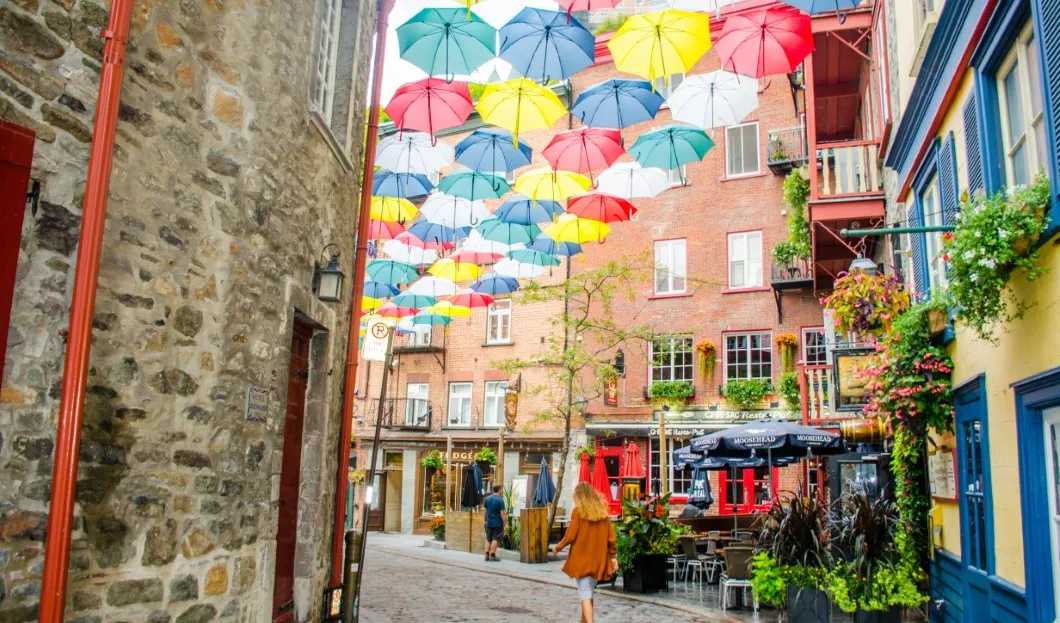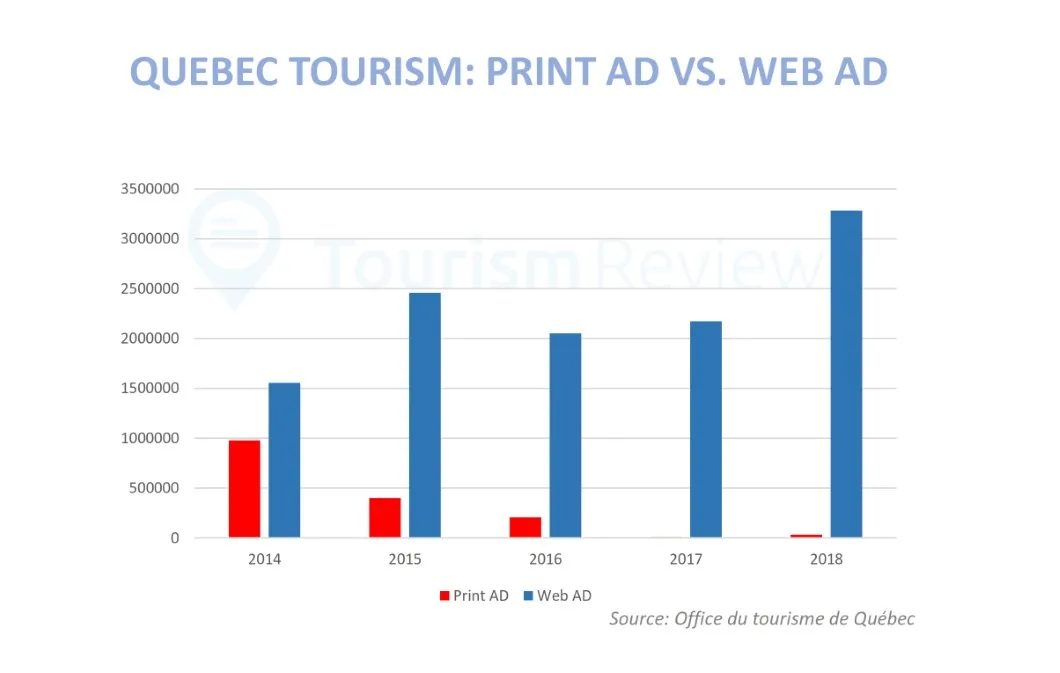
The Quebec Tourism Board has more than doubled its investment in digital advertising in the last four years.
The digital media bill went from $1.5 million to $3.3 million between 2014 and 2018. The gap between the amounts spent on print advertising and the web has steadily increased over the same period.
For example, the board invested $979,000 in print advertising in 2014, compared to $1.5 million on the web. In 2018, print advertising investments were only $34,400 compared with $3.3 million for digital advertising.
“Everything we do is 95% digital right now,” admits Eric Bilodeau, Director of Communications and Marketing for the Quebec Tourism Board.

Large digital companies allow the organization to reach a target audience in a very precise way, he argues.
“Everything we do on our cell phones, these companies know. If you want to reach a woman in New York who wants to go skiing in Montreal or in Northern Ontario, we can intercept her via digital strategies to offer her a trip to Quebec”.
The Quebec Tourism Board, 45% of whose funding is public, claims to have taken this digital turn in order to maximize the return on every dollar invested in advertising.
“At the time of newspaper advertising, we weren’t able to know how many people had read our adverts. Now, with digital and video integration, we know how many people have clicked on adverts,” says Bilodeau.
Recognizing that the migration of advertising to digital formats can hurt the newspapers in Quebec, the organization’s management says that about 15% of its advertising investments are made in Quebec web platforms.
“We place videos and content on Radio-Canada sites, Quebecor, Chatelaine, Coup de pouce. So, we contribute to the Quebec media,” says BIlodeau.
Consumption studies of the clientele targeted by the Board are nevertheless very clear, Bilodeau says. People are in the digital world, why would we put advertising in newspapers?
Agencies that advise organizations on their advertising investments are also turning more and more to the web. “You have to get people where they are,” says Marielle Ruelland, Vice-President and associate at Medialliance.
The advertising strategist who has been working in the industry for 35 years has seen significant changes in media consumption habits in the population.
“When there were the phenomena of La petite vie or des Filles de Caleb, we knew that we were going to get half of the population in one go. Now, you need to have multiple points of contact,” says Ruelland, which she says explains the increasing use of social networks and digital platforms by many organizations.










